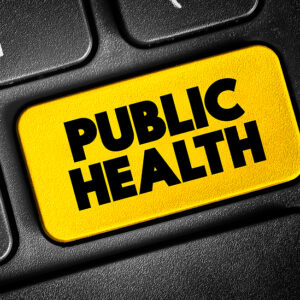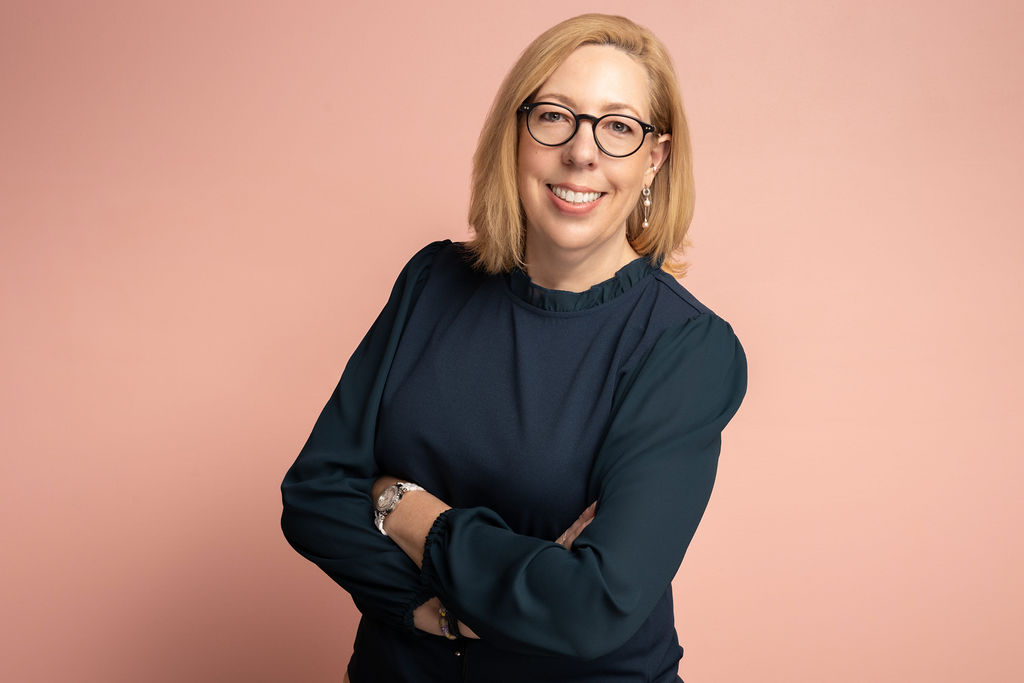Call it the “one weird trick” for America’s health care.
A panel of public health experts gathered in Washington, D.C., last week for a “Common Sense Public Health” roundtable — simple, relatively inexpensive policy reforms with minimal costs but significant benefits. Those policies are blocked, they said, not by science or data but because of politics.
One culprit is the Food and Drug Administration.
For Dr. Richard Williams, a former economist with the FDA and author of “Fixing Food: An FDA Insider Unravels the Myths and Solutions,” the smart move is to reform the agency’s food safety system. It is obvious, he said, consumers aren’t getting enough public health bang for their FDA bucks.
“Every year, the FDA comes before Congress to ask for more money, and every year they make the same claims: 48 million people are getting sick from food-borne illnesses every year, 128,000 people are hospitalized, and about 3,000 die. Those are the numbers every year,” Williams said.
“Nobody ever asks, ‘Wait a minute; you keep saying the same thing every year, and we keep giving you more money — but nothing’s happening,’”
Williams, who spent 25 years inside the agency, would turn the FDA away from rule-writing and turn it into a DARPA-like innovator and problem solver.
Brian J. Miller, MD, with the American Enterprise Institute, is a Johns Hopkins University School of Medicine professor. He spent the COVID crisis caring for infected patients in hospitals and clinics, and he said the Centers for Disease Control and Prevention failed to live up to its name: Controlling disease.
“Normally, during a pandemic, you go to the CDC for guidance. This patient had COVID; how many days do they need to remain isolated after they leave the hospital? What are the appropriate therapeutics [for treating it]? What is the diagnostic performance of COVID tests?
“But when you went to the CDC website, it wasn’t updated. Or they didn’t know or were issuing guidance documents months later,” Miller said. Why?
“Because the CDC’s mission has drifted. Instead of being ready, like firemen in a fire station watching for a new infection to strike, the agency turned its attention to ‘current event’ health issues like climate change, gun violence, and obesity.
“Having an agency trying to be all things to all people means it’s unable to perform its basic functions,” Miller said. He argued that get the CDC back on task, and you’ll save lives.
Clive Bates offered perhaps the most glaring example: Ending the FDA’s war on vaping and encouraging adult smokers to give up their deadly daily tobacco use.
“The visible-from-space thing you could do to impact public health would be to end all smoking in the United States,” said Bates, director of the Counterfactual, a consulting and advocacy practice offering a pragmatic approach to public health.
“It’s a terrible number from the CDC, and it hasn’t changed in two decades: 480,000 people a year die from smoking. Another 16 million people live in some sort of misery from smoking-related diseases. There are pronounced socioeconomic, education, employment, and other disparities [in cigarette use], so if you can do something about it, you can do something about health disparities as well.”
Since 2010, Bates said, a new set of products have hit the market — vapes, e-cigarettes, and the like — “that allow a user who smokes cigarettes to switch to a product that provides nicotine, but without the combustion,” which creates the vast majority of the health risk. A study by Public Health England found the health risks from vape products are 95 percent lower than from regular cigarettes.
The good news is smokers are willing to make the switch and are doing so in significant numbers in other countries.
“We have considerable evidence now that these products do not add to the problem. They displace smoking — when they’re allowed to,” Bates said.
The bad news is that the FDA has focused so much on the small risks from e-cigarettes and similar products more than 60 percent of Americans now believe vaping is worse than smoking.
What do all of these challenges have in common? The inability to have serious conversations about risk and how to manage it. The pursuit of the impossible “zero risk” standard some government regulators and activists want is hurting the ability of agencies to make smart policy choices.
For example, keeping schools open during the COVID pandemic was portrayed by some as a high-risk proposition, and they used public statements by the CDC to bolster their position. In fact, the data showed school-aged kids were at very low health risk from the virus. But students who didn’t attend school were at high risk of other bad outcomes: learning loss, mental health struggles, and higher incidents of unreported abuse.
Attempting to avoid minimal risk actually raised the odds of increased harm. The same is true with e-cigarettes, Williams said.
“This idea that somehow the vaping products are more dangerous than other things is ludicrous,” Williams said. He argued that Everything is dangerous, noting that 128,000 people die yearly from FDA-approved drugs.
The panelists acknowledged one major challenge in public health: “the public” the panelists acknowledged.
When worried parents don’t want their children in school during a pandemic, or when moms band together out of fear of teen vaping, those realities “should not be waved away,” Bates said. More information from entities like the FDA can help consumers understand the real risks and how to balance them rather than being susceptible to spin from activists.
“Some people are misinformed by a stream of propaganda that would tell them that vaping is as harmful or more harmful than smoking,” Bates said. “You couldn’t be more wrong.”





